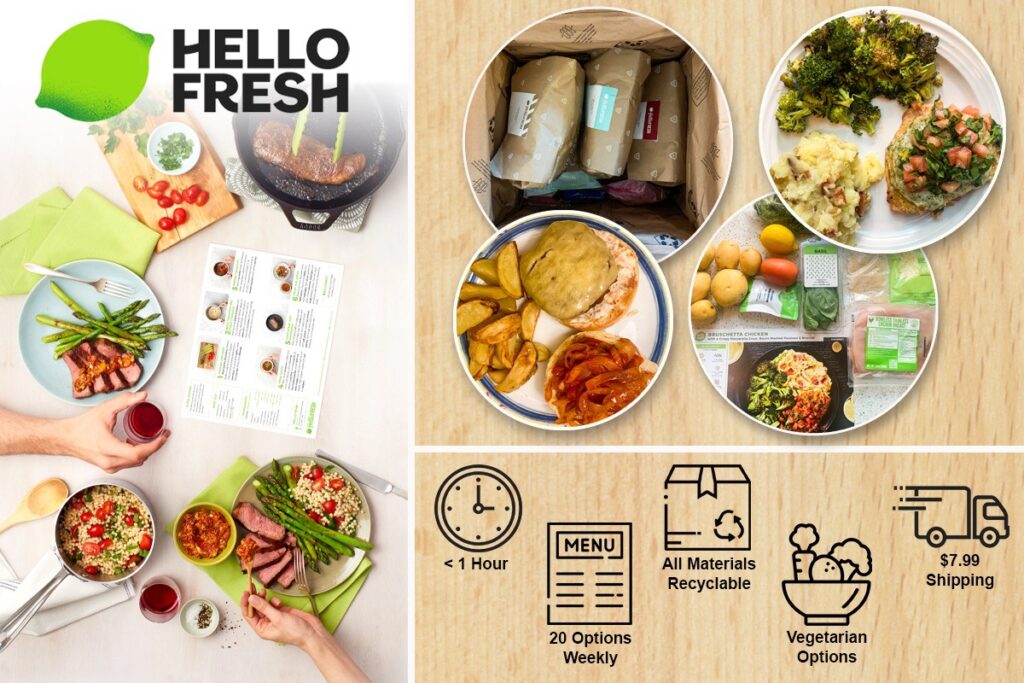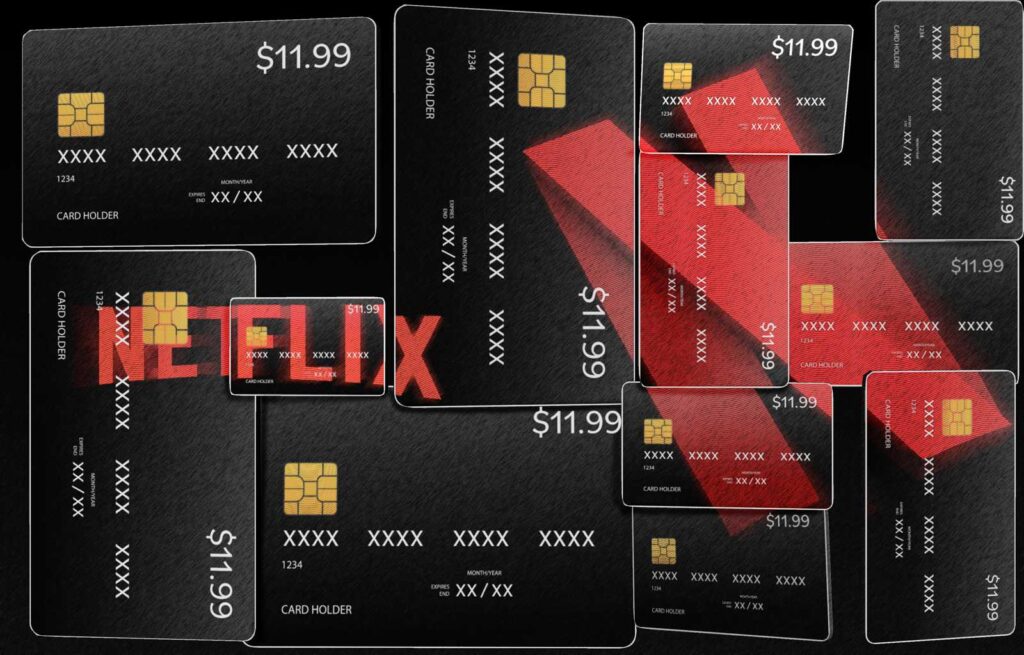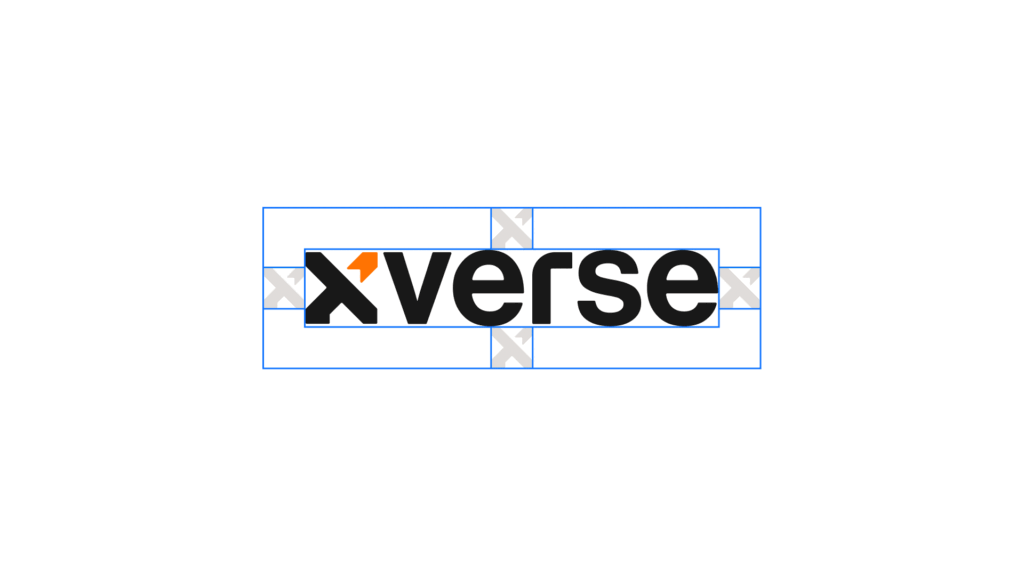The subscription economy is taking over, with young consumers leading the charge. A takeover that is fueled by a preference for convenience, personalization, and engaging experiences. The allure of subscription services is no secret; they offer an alluring combination of shared economy values, buyer behaviour insights, and an ongoing connection to the brands we love. As the business world scrambles to catch up, one can’t help but wonder… Could this be the future of consumerism? Is this a good thing? Is it a bad thing?
When it comes to the rise of the subscription economy, reviews are split. On the one hand many praise its ability to cater to the evolving needs and preferences of modern consumers, on the other, critics raise concerns about sustainability and ethical implications. Needless to say, it’s not a black-and-white debate. The complexities on the matter are far and wide, and worth exploring before taking sides. Either way, its impact on consumer behaviour, the planet, and the broader economic landscape is undeniable.
The Psychological Appeal of Subscription Services for Young Consumers
Let’s dive in, shall we? Starting with why the subscription economy has weaved itself into the fabric of contemporary spending. Step 1) Take over the youth. Check.
FOMO: The subscription economy’s best friend
In the age of social media, FOMO (Fear Of Missing Out) has become a driving force behind consumer behaviour. This fear of missing out on the latest trends and experiences keeps young consumers constantly on the lookout for the next big thing. Subscription services like Netflix and Prime Video capitalize on this phenomenon by offering exclusive content, ensuring subscribers remain in the loop and part of the cultural conversation. Using pop culture to its advantage. As our lives become increasingly intertwined with the digital realm, subscription services have managed to tap into this powerful psychological trigger, keeping young consumers engaged and coming back for more.
The paradox of choice and curated experiences
Today’s consumers are flooded with options, creating a paradox of choice that can lead to decision fatigue and dissatisfaction. Subscription services like HelloFresh have recognized this challenge and responded by offering curated experiences that simplify decision-making. HelloFresh provides pre-selected meal kits and easy-to-follow recipes, thus allowing subscribers to bypass the endless choices at the grocery store and focus on what truly matters: enjoying a delicious, home-cooked meal. This tailored approach resonates with young consumers who crave simplicity and convenience amidst the chaos of modern life.

Exclusivity and community-building through subscription services
Nothing attracts young consumers quite like the promise of exclusivity. Subscription services like Skillshare have harnessed this desire by creating platforms that offer specialized content and foster a sense of community. Subscribers gain access to expert-led courses and a network of like-minded learners, creating an environment where knowledge-sharing and collaboration thrive. Furthermore, subscription services such as Skillshare have transformed the way young consumers engage with content. They have tapped into the innate human need for connection and belonging, therefore ensuring their community’s loyalty and continued participation in the subscription economy.
Flexibility and on-demand access: The true winners of subscription services
With flexibility and on-demand access at the heart of the subscription economy, businesses like Swapfiets and Boldking have found their place in the world. Boldking is a razor subscription service that caters to the needs of the discerning shaver. With their customer-focused subscription model, Boldking allows subscribers to stay sharp without breaking the bank. Swapfiets too offers a subscription model that provides hassle-free bike rentals, Swapfiets gives subscribers the freedom to ride when they want, without the burden of ownership. An incredibly smart, and ingenious approach which strikes a chord with the evolving consumers buying behaviour. Especially among younger generations who crave adaptability and resourcefulness. And let’s be honest, who wouldn’t want to swap their old bike for a shiny new one at a moment’s notice?
Moreover, subscription services allow people to have access to services without the need to drop huge amounts of money at once since not everyone can afford to do so. The creative software giant Adobe recognized this and jumped on the subscription services bandwagon. By transitioning to a subscription model, Adobe has made its products more accessible and appealing to a wider audience.

The Dark Side of the Subscription Economy
It’s not all sunshine and roses though, the subscription economy is not without its faults. And like anything in excess, there are certain aspects of it that could evolve to become a little problematic.
Subscription overload and consumer burnout loom on the horizon
Like an insatiable sweet tooth, the subscription economy can sometimes be too much of a good thing. As subscription services multiply, consumers may find themselves drowning in recurring payments. Leaving them to wonder if they’ve bitten off more than they can chew. From streaming platforms to meal kits, subscription overload can trigger consumer burnout. This may push people to reevaluate their choices and seek refuge in the comfort of a more straightforward, one-time purchase.
Slowly but surely subscription services add up for consumers
While the subscription economy can feel like a never-ending party, it’s essential to consider the potential consequences of a ‘living la vida loca’ mentality with subscriptions. As subscriptions pile up, the financial strain on consumers can grow, transforming the once-glamorous subscription lifestyle into an unsustainable burden. It’s a delicate balancing act between enjoying the convenience and indulgence of subscription services, and keeping one’s bank account in check.
The ethics of data collection and surveillance
Finally, let’s talk about a subject that tends to pop up in any conversation regarding technology… Data collection and surveillance capitalism. While we willingly hand over our personal information to access subscription services, we should also question the ethics of this exchange. Are we trading our privacy for convenience? What happens to our data in the hands of these companies? Sure, the subscription economy can dazzle us with its shiny offerings. However, it’s essential to peek behind the curtain and ask the tough questions about the true cost of our digital indulgences.
As consumers increasingly engage with subscription services, they leave a digital footprint that companies can use to create highly targeted marketing campaigns and personalized experiences. Yes, this can lead to more relevant and appealing offerings. But it also raises concerns about consumer privacy and the ethics of data collection.
In many cases, subscription services collect and analyze vast amounts of personal data. This goes from browsing habits to purchase history, without consumers being fully aware of the extent of the data mining. This practice of surveillance capitalism can be viewed as an intrusion into consumers’ lives. And needless to say, companies profit from all of this personal information. The bigger the subscription economy gets, the more urgent the need for strict data protection regulations is. Ethical guidelines for data collection are becoming increasingly vital to protect consumer privacy and maintain trust.
Overconsumption and waste in the subscription economy
The subscription economy can undoubtedly bring convenience and satisfaction to consumers. Nevertheless, it also has the potential to encourage overconsumption and waste. With easy access to an abundance of products and services at the tap of a button, the temptation to indulge is ever-present. The constant cycle of consumption can lead to an accumulation of items that are seldom used or quickly discarded. Needless to say, this is a massive contributor to increased waste and a noticeable strain on natural resources. For example, the fast-fashion industry, notorious for its negative environmental impact, has also adopted the subscription model, further promoting the consumption of disposable clothing that often ends up in landfills.

Moreover, some subscription services, such as meal kits, may involve excessive packaging, which contributes to plastic waste and pollution. While these services can promote resource efficiency by reducing food waste, the environmental benefits may be offset by the packaging waste generated in the process.
After all, subscription services were created in large part due to businesses feeling like their profits were dwindling. Therefore, there’s a bit of a danger in our leniency towards subscription services nowadays.
The danger of businesses fuelling overconsumption through subscription services
By constantly pursuing growth and profitability, businesses can contribute negatively to the impact of the subscription economy. Besides, companies often prioritize increasing revenues, and in the subscription economy, this translates into maximizing the number of subscribers and their usage. Moreover, businesses can tap into consumers’ emotional drivers, leading them to consume more and more and more. As a result, businesses may actively encourage consumers to consume more than they need, fostering a culture of overconsumption.
In highly competitive markets, businesses might feel compelled to constantly innovate and release new products or services to maintain or expand their market share. This competitive pressure can lead to a relentless churn of new offerings, which also contributes to overconsumption since consumers feel the need to keep up with the latest trends.
Not to mention that some businesses might intentionally design products or services with a limited lifespan or functionality to ensure that consumers need to replace or renew them frequently. Planned obsolescence is yet another way in which businesses can drive overconsumption in the subscription economy.
It truly is a shame, because the subscription economy could actually be the blueprint for a more sustainable future. And businesses could play an important role in this shift. Luckily, it seems like young consumers are leading the charge in this direction too. Favouring companies that offer subscription services that align with their values.
The subscription economy could be the path towards a circular economy
The Role of Subscription Services in Promoting Resource Efficiency and Reducing Waste
Amid the whirlwind of subscription services, there’s a silver lining: the potential to promote resource efficiency and reduce waste. Take the example we mentioned earlier, HelloFresh. By providing pre-portioned meal kits, this culinary service helps subscribers reduce food waste while ensuring they still have a convenient and delicious meal. It’s a tantalizing taste of how the subscription economy can contribute to a more sustainable future.

Encouraging Product Durability and Reuse through Subscription Models
Swapfiets, the bike subscription service that’s sweeping Europe, shows us the power of combining convenience with sustainability. Offering durable, repairable bikes as part of a subscription package, Swapfiets encourages subscribers to think beyond the disposable mindset. Thus encouraging their clients to embrace reuse, thus fostering a culture of mindful consumption. It’s a shining example of how subscription services can be part of the solution, not just the problem.
The Potential for Subscription Services to Contribute to a Regenerative Economy
Imagine a world where the subscription economy goes beyond convenience and actually contributes to a regenerative economy. It’s not as far-fetched as it sounds. Think about it, by prioritizing sustainable practices and promoting the reuse and recycling of resources, subscription services have the potential to make a significant positive impact on our planet. All it takes is a little creativity, innovation, and a commitment to shifting the way we think about consumerism.
If young consumers have played a crucial role in driving the growth of the subscription economy, then they also have the power to shape it towards a circular economy, where sustainability is a priority, and waste is minimized through resource efficiency and reuse. We really might be on to something with the subscription economy here, and with the right mentality, it could become quite the ally in a sustainable. As always, the tools are there, the infrastructure is there even! Now it’s up to businesses, and us consumers, to ensure the subscription economy becomes a force for good.













